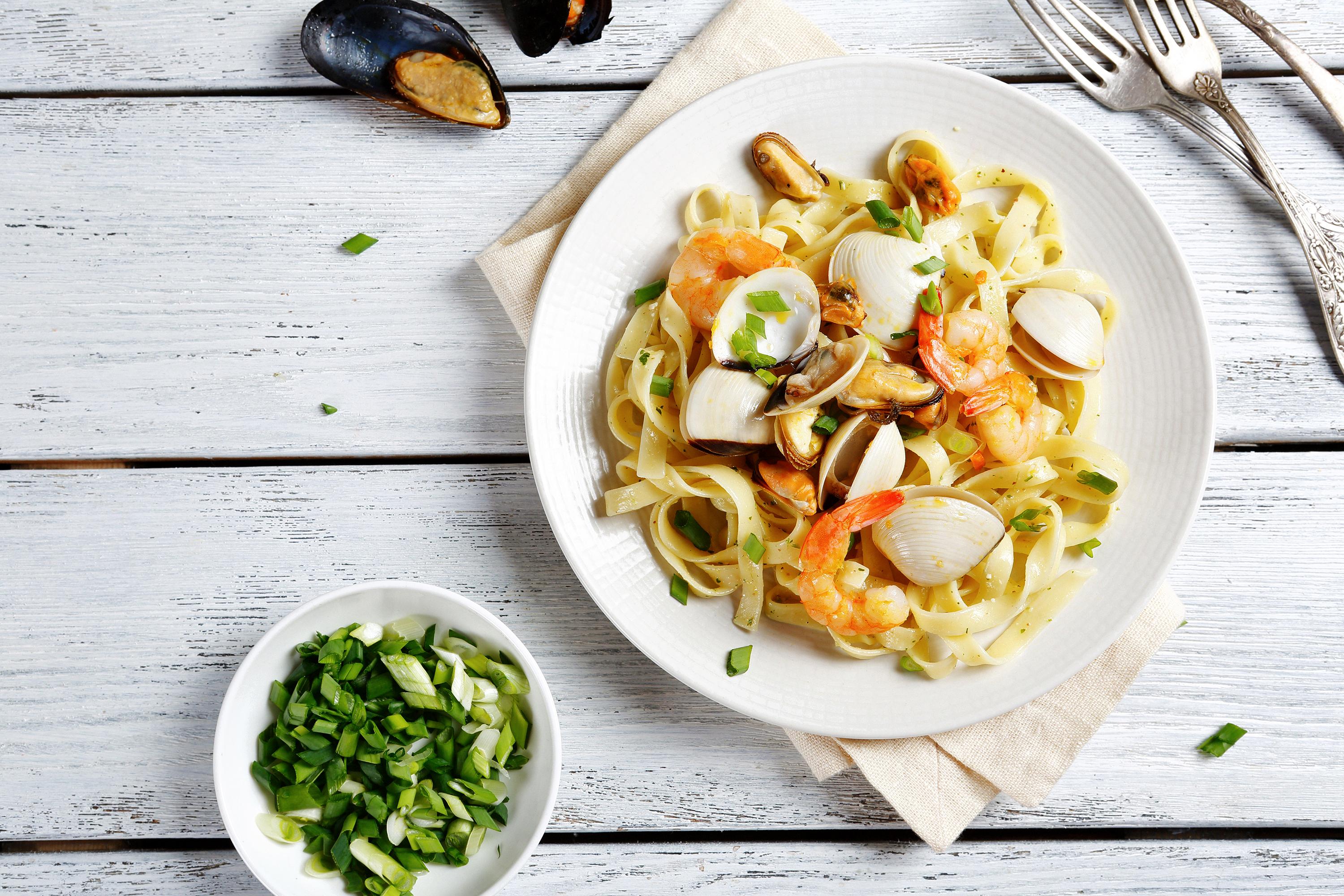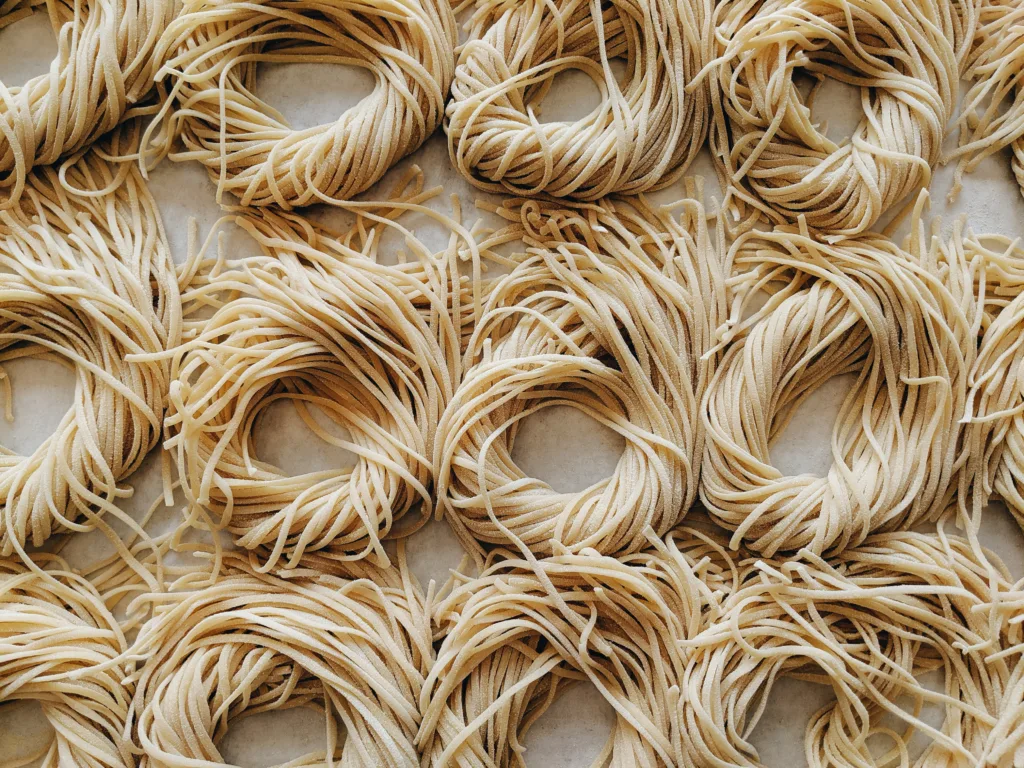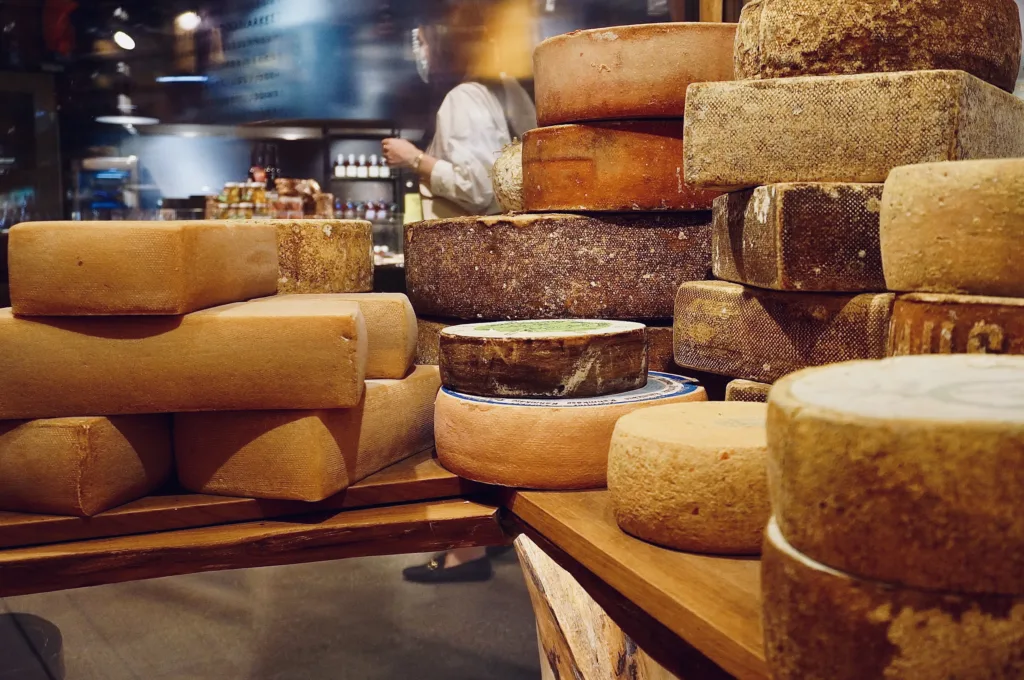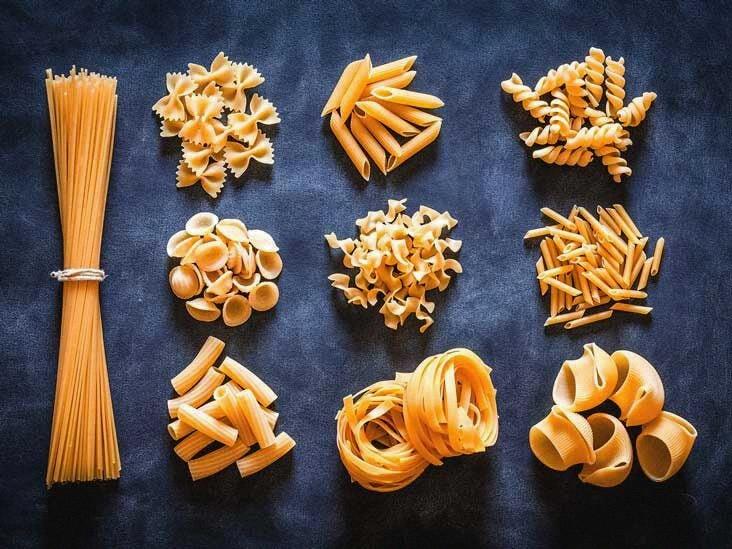Pasta is a staple food in many households and is loved by people of all ages. It is easy to prepare, delicious, and versatile enough to be paired with a range of sauces and ingredients. However, there is often confusion about whether pasta has fiber or not. In this blog post, we will explore the fiber content of pasta and its nutritional benefits.
Firstly, it is essential to understand that not all pasta is created equal when it comes to fiber content. White pasta is a refined grain product, which means that the germ and bran of the wheat are removed during the manufacturing process. These parts of the wheat contain much of the fiber and nutrients that are beneficial to our health. Therefore, white pasta is not a significant source of fiber.
On the other hand, whole-grain pasta is made from the whle grain, which includes the bran and germ. This type of pasta is a rich source of fiber, with approximately 6 grams of fiber per cooked cup. The fiber in whole-grain pasta is essential for maintaining a healthy digestive system, promoting satiety, and reducing the risk of chronic diseases such as heart disease, diabetes, and certain cancers.
In addition to fiber, whole-grain pasta is also high in other essential nutrients such as manganese, selenium, copper, and phosphorus. These minerals are important for maintaining healthy bones, supporting the immune system, and regulating metabolism.
It is worth noting that while whole-grain pasta is lower in calories than white pasta, it may take longer to cook and have a denser texture. However, the nutritional benefits of whole-grain pasta far outweigh any minor differences in taste or cooking time.
The answer to the question, “Does pasta have fiber?” depends on the type of pasta you are consuming. White pasta is not a significant source of fiber, while whole-grain pasta is a rich source of fiber and essential nutrients. Incorporating whole-grain pasta into your diet is a simple and effective way to increase your fiber intake and improve your overall health. So, next time you reach for a bowl of pasta, make sure it is the whole-grain variety!
The Benefits of Eating Pasta as a Source of Fiber
Pasta can be a good source of fiber, especially if it is made from whole grains. Whole-grain pasta contains the bran, germ, and endosperm of the grain, whch means it is higher in fiber compared to refined pasta. For instance, one cup of cooked whole-grain spaghetti contains around 6 grams of fiber, while the same amount of refined spaghetti contains only 2 grams of fiber.
Fiber is essential for maintaining good digestive health and can also help to reduce the risk of various chronic diseases such as heart disease, diabetes, and certain types of cancer. It also helps to promote satiety and can aid in weight management. Therefore, choosing whole-grain pasta over refined pasta can be a healthier option, as it provides more fiber and other beneficial nutrients.

Source: healthyeating.sfgate.com
Does White Pasta Contain Fiber?
White pasta does contain some fiber, but the amount is significantly lower than that found in whole grain pasta. This is because white pasta is made from refined grains where the germ and bran of the wheat are removed durig processing. These are the parts of the grain that contain most of the fiber and nutrients. However, even without the germ and bran, white pasta still contains about 2 grams of fiber per cooked cup. This may not be as much as whole grain pasta, but it still contributes to your daily fiber intake. It’s worth noting that some brands of white pasta are now fortified with extra fiber to increase their nutritional value.
Types of Pasta with High Fiber Content
Wholemeal pasta is an excellent source of high fiber in pasta. It is made from wholegrain wheat flour, which retains the bran layer, the fiber-rich part of the grain. This bran layer is typically removed when manufacturing more refined plain wheat flour used in white pasta. By retaining this layer, wholemeal pasta retains all of its natural fiber, making it an excellent option for thoe looking to increase their fiber intake. In comparison, white pasta is much lower in fiber content as it lacks the bran layer. So, if you’re looking for a pasta high in fiber, wholemeal pasta is the way to go.
Foods Highest in Fiber
Fiber is an essential nutrient that is important for maintaining digestive health, regulating blood sugar levels, and reducing the risk of chronic diseases such as heart disease and diabetes. If you’re lookng to increase your fiber intake, there are several foods that are particularly high in fiber.
One of the most fiber-rich food groups is beans, lentils, and other legumes. These versatile foods can be added to soups, stews, and salads, and they pack a powerful fiber punch. Other high-fiber vegetables include broccoli, Brussels sprouts, and artichokes.
Berries are another great source of fiber, particularly raspberries and blackberries. These fruits can be eaten on their own or added to yogurt, smoothies, and oatmeal for a delicious and nutritious boost.
Avocados are a surprising source of fiber, with one medium avocado containing around 10 grams of fiber. They can be added to salads, sandwiches, and toast for a healthy and satisfying meal.
Popcorn is a high-fiber snack that is low in calories and makes for a great alternative to chips or other processed snacks. Just be sure to choose air-popped popcorn and avoid added salts or butter.
Whole grains, such as whole wheat bread, brown rice, and quinoa, are also high in fiber and can be easily incorporated into meals. Apples, pears, and other fruits with edible skins are also high in fiber, as are dried fruits such as dates and figs.
There are many foods that are high in fiber, including beans, lentils, broccoli, berries, avocados, popcorn, whole grains, apples, and dried fruits. By incorporating these foods into your diet, you can easily boost your fiber intake and reap the many health benefits that come along with it.
Comparing the Fiber Content of Pasta and Rice
When it cmes to the fiber content, pasta has more fiber than rice. Pasta is made from durum wheat, which is a hard wheat variety that contains more fiber than white rice. A cup of cooked pasta contains about 2-3 grams of fiber, while a cup of cooked rice contains about 0.6-1.4 grams of fiber. The difference in fiber content may not seem significant, but consuming a high-fiber diet is crucial for maintaining good digestive health and preventing chronic diseases. Fiber helps to regulate bowel movements, lower cholesterol levels, control blood sugar levels, and promote a feeling of fullness, which can aid in weight management. Therefore, if you’re looking to increase your fiber intake, choosing pasta over rice can be a good option.

Are Eggs High In Fiber?
Eggs are not high in fiber. In fact, eggs do not contain any dietary fiber at all. However, eggs are an excellent source of protein and other nutrients such as vitamin D, vitamin B12, and selenium. If you are looking to increase your fiber intake, you can pair your eggs with fiber-rich foods such as vegetables, whole-grain bread, or fruit. Alternatively, you can try adding vegetables like spinach or broccoli to your scrambled eggs or incorporating eggs into high-fiber dishes like omelets with vegetables and whole-grain toast.
What Is Better For You Rice Or Pasta?
Both rice and pasta can be part of a healthy and balanced diet as they are good sources of carbohydrates, which provide energy for the body. However, when it comes to nutritional value, rice has some advantages over pasta. Rice contains vitamins and minerals such as folic acid, B vitamins (unless the pasta is fortified), iron, and zinc that pasta does not. Although the amounts of thee nutrients in rice are small, they can add up over time and contribute to a healthy diet. Additionally, rice is a good option for those who follow a gluten-free diet as it does not contain gluten, which is found in wheat-based pasta. However, when it comes to calories and carbohydrates, pasta is a better option as it contains fewer calories and more fiber than white rice. Ultimately, the choice between rice and pasta depends on personal preferences, dietary needs, and health goals.
The Fiber Content of Potatoes
Potatoes are not considered a high fiber food, but they do contain a significant amount of fiber, especially in the skin. The skin of a potato makes up 1-2% of the potato and is the highest source of fiber. Dried potato skins contain about 52% fiber, which is quite a high amount. However, the amount of fiber in the flesh of the potato is lower than in the skin. Therefore, while potatoes are not a high fiber food, they can still provide a good source of fiber for those who eat them regularly, especially when the skins are consumed.
Is Cheese a Good Source of Fiber?
Cheese is not a good source of fiber. In fact, cheese contains no fiber at all. Fiber is an essential nutrient that helps to regulate digestion, prevent constipation, and promote overall gut health. While cheese is a good source of protein, calcium, and other nutrients, it does not contain any fiber. This means that eating a diet that is high in cheese and low in fiber may lead to constipation and other digestive issues. It is important to incorporate a variety of fiber-rich foods, such as fruits, vegetables, whle grains, and legumes, into your diet to ensure that you are getting enough fiber for optimal health.

The Fiber Content of Spaghetti
Spaghetti is not considered high in fiber. In fact, conventional pasta is relatively low in fiber. According to the U.S. Department of Agriculture, a 1-cup serving of cooked spaghetti provides about 220 calories and 2.5 grams of fiber, which is equivalent to 10 percent of the daily value. While it does contain some fiber, it is not a significant source and should be supplemented with other high-fiber foods to meet your daily recommended intake.

Source: healthline.com
Foods With No Fiber
There are several types of foods that contain little or no fiber, including animal-based foods such as beef, pork, poultry, and fish. These protein sources are typically low in fiber, making them a good option for those who are looking to limit their fiber intake. Dairy products, such as milk, yogurt, and cheese, also do not contain fiber. Even eggs, which are commonly consumed for their protein content, are devoid of fiber. It’s important to note that while these foods may be low in fiber, they can stll be a part of a healthy, balanced diet when consumed in moderation alongside fiber-rich fruits, vegetables, and whole grains.
The Fiber Content of Peanut Butter
Peanut butter is high in fiber. It contains both soluble and insoluble dietary fibers, which can help support regular bowel movements and improve constipation. Just two tablespoons (32 grams) of natural peanut butter provides 3 grams of fiber, which is equivalent to about 10% of your daily fiber needs. So, incorporating peanut butter into your diet can be a great way to increase your fiber intake and promote digestive health.
Conclusion
Pasta can be a good source of fiber depending on the type you choose. Whole-grain pasta is higher in fiber, vitamins, and minerals than refined, enriched pasta. Wholemeal pasta, in particular, is an excellent choice as it contains the bran layer of the grain which is rich in fiber. It is important to remember that incorporating high-fiber foods into your diet can have numerous health benefits, including improved digestion, weight management, and reduced risk of chronic diseases. Therefore, it is recommended to choose whole-grain or wholemeal pasta over refined pasta to increase your daily fiber intake.
